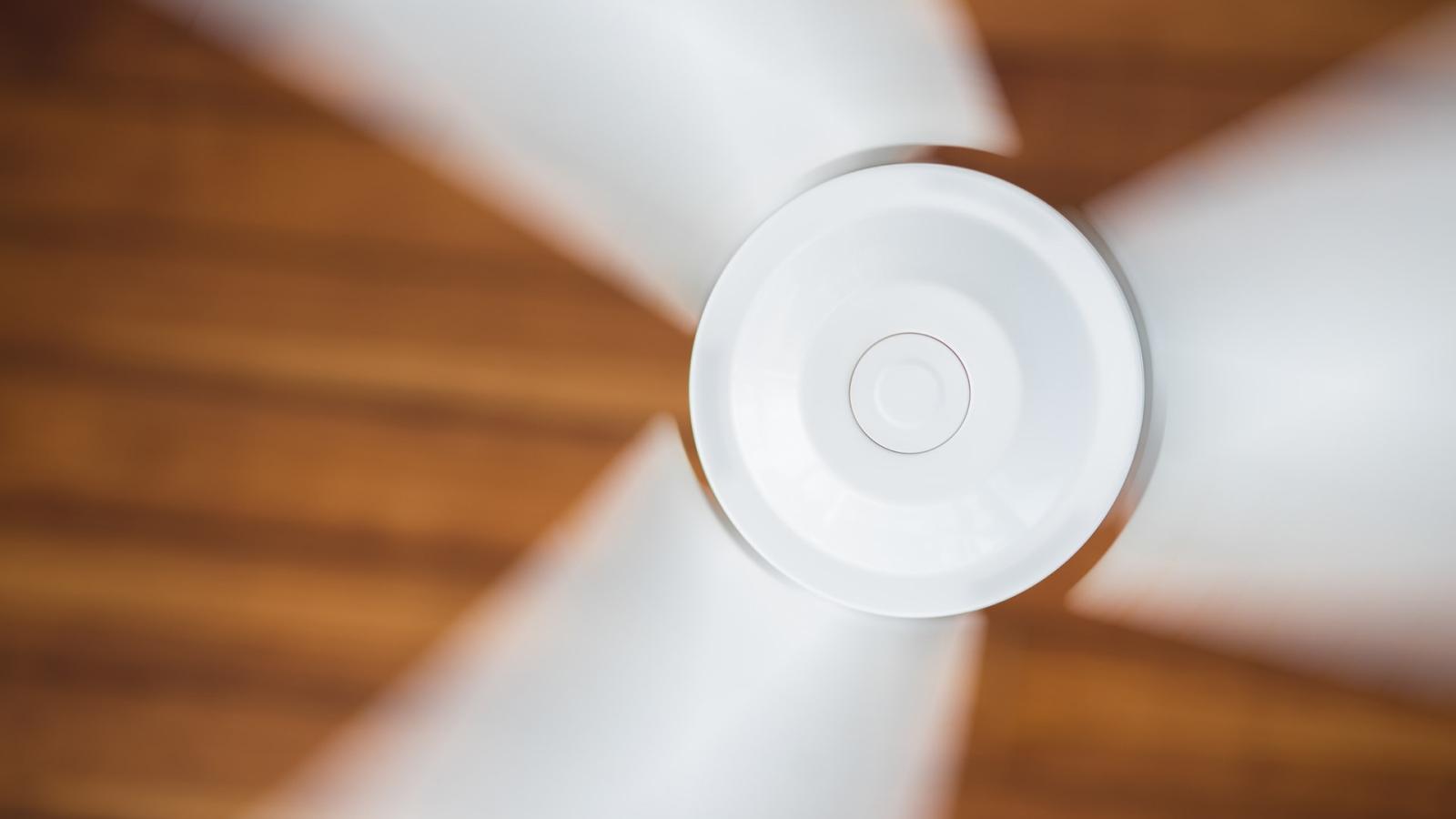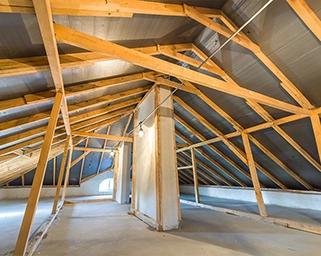9 Ways to Save Energy & Reduce Your Energy Costs This Summer
Summary: From using ceiling fans to upgrading your HVAC system to changing your electric billing plan, there are a lot of easy ways to save on your summer cooling bills.
The heat is on! It’s time to make a game plan to conserve energy this summer and avoid skyrocketing electricity bills. Learn how to lower your electric bill in the summer while keeping your cool. This table summarizes the savings you can expect by making a few simple changes.
| Action | Use Fans | Optimize Thermostat | Upgrade Air Conditioner | Upgrade to LED Lightbulbs | Eliminate “energy vampires” | Chane your electric billing plan |
| Potential Energy Savings | varies | Up to 10% | Up to 15% | Change your electric billing plan | $100-200 a year | varies |
1. Fan yourself
Buying multiple stand, box, or ceiling fans is a small investment that can reduce your energy costs for years to come. Using fans to help you feel cooler means you can raise the thermostat setting by 4 degrees without reducing your comfort level. Just remember to turn off the fans when you’re not in the room. They aren’t intended to cool the space — just the people in the space, via the wind chill effect. Ceiling fans can be invaluable during a summer HVAC emergency.
2. Optimize your thermostat setting
According to the Department of Energy (DOE), setting your thermostat at 78 degrees in the summer can save you up to 10% in energy costs each year. If 78 degrees is too warm for you, you can adjust it a bit lower to be comfortable. Just remember that for every degree you raise your thermostat above 72 degrees, you save up to 3% on your cooling expenses.
Consider getting a programmable thermostat, so you can program a warmer setting when you’re not home and automatically start cooling your home right before you get back. Take the upgrade even further with a smart thermostat that can learn your habits. If you’re into technology, use the Trane Home App to control your air conditioning system from wherever you might be.
3. Upgrade your air conditioner and appliances
If you’re ready to take your summer energy savings to the next level, go for a system upgrade. Heating and cooling uses nearly half of the energy in your home, so investing in an energy-efficient system is a smart move that will save you money in the long run.
Whether you’re upgrading your air conditioner or your refrigerator, look for ENERGY STAR®-certified systems. Energy-efficient appliances can save you money throughout the year - not just in the summer.
If you decide this is the year for air conditioner replacement, look for a unit with high Seasonal Energy Efficiency Ratio (SEER2) and Energy Efficiency Ratio (EER2) ratings. They’ll be 15% more efficient than other models.
Even if you don’t upgrade your air conditioner, be sure to change or clean the air filter regularly. A clogged filter can cause the system to work harder and cost you more money.
4. Light things up with LED
Upgrading your lightbulbs to LED bulbs not only saves energy, but it helps keep your house cool. Again, look for ENERGY STAR®-rated lightbulbs. LED bulbs use up to 90% less energy than old incandescent bulbs, and up to 80% less than fluorescent bulbs.
In addition, LED lightbulbs put off less heat than the other options, which is especially important in the summertime. If you have a vanity area that uses multiple globe lightbulbs, you may have noticed you get hot when putting on makeup or styling your hair. Switching to LED bulbs can change that.
According to ENERGY STAR®, if every American homeowner replaced just one standard light bulb with one LED bulb that has earned the ENERGY STAR® rating, we would save about $580 million in energy costs and prevent 7 billion pounds of greenhouse gas emissions per year. That’s equivalent to taking about 690,000 cars off the road.
And, of course, remember to turn off the lights when no one is in the room!
5. Close the blinds & check your seals
Another tip for how to save electricity involves your windows and doors. Kicking up the AC isn’t the only way to keep your home cooler in the hot summer months. Take a quick walk around the house and close all the blinds and curtains. This will keep your rooms from heating up too much and taking longer to cool down.
Another tip to keep hot air outside is to add weather stripping around your doors and windows. You can caulk any visible gaps as well. This will also keep cold air out in the winter and prevent warm air from escaping. Check out our weatherization blog for more tips.
6. Keep your fridge cool
Your refrigerator and freezer are essential to keeping your lemonade and ice cream cold all summer long. But doing things right can also help you save energy.
- Set the thermostat between 35 and 38 degrees for the refrigerator and between 0 and 5 degrees for the freezer.
- Keep the doors closed as much as possible.
- Make sure the door seals are tight and replace them if they’re not.
- Keep the fridge out of direct sunlight and away from the oven.
- Make sure your fridge is always at least ⅔ full of food (or even just jugs of water), so there’s less air space for it to have to cool.
7. Relax and unplug
Lower your electric bill further by vanquishing the vampires. So-called “energy vampires” are appliances and electronics that draw energy from electrical outlets when they’re turned off or in standby mode. By unplugging countertop appliances and using smart power strips for electronics and computer equipment, the DOE says you can save $100-200 a year.
8. Dine out
Whether you’re grilling a great meal or treating yourself to dinner at your favorite restaurant, steering clear of your kitchen in the summer can reduce your energy bill. Using the stove or oven can raise the temperature by 10 degrees. Not only will you reduce the energy you use to run those appliances, but you’ll also save on air conditioning costs to cool your home.
9. Change your electric billing plan
Another way to lower your electricity bill in the summer is to change your billing plan with your electric provider. Most providers have something called a Budget Plan, Average Payment Plan, or Equal Payment Plan. Avoid those huge summer spikes and be able to set a monthly budget with predictable monthly payments.
What these plans do is level out your electricity bills over all 12 months of the year. If you use gas heat in the winter, your electricity bill is usually much lower than it is in the summer. With a budget plan, you pay more for electricity in the winter and build up a credit on your account, which lowers your bills in the summer when electric usage spikes.
Now that you’ve got a variety of energy-saving ideas that range from new habits to efficient upgrades, challenge yourself to see if you can lower your energy consumption and your energy costs this summer. Then use those savings for a weekend vacation in the fall!




